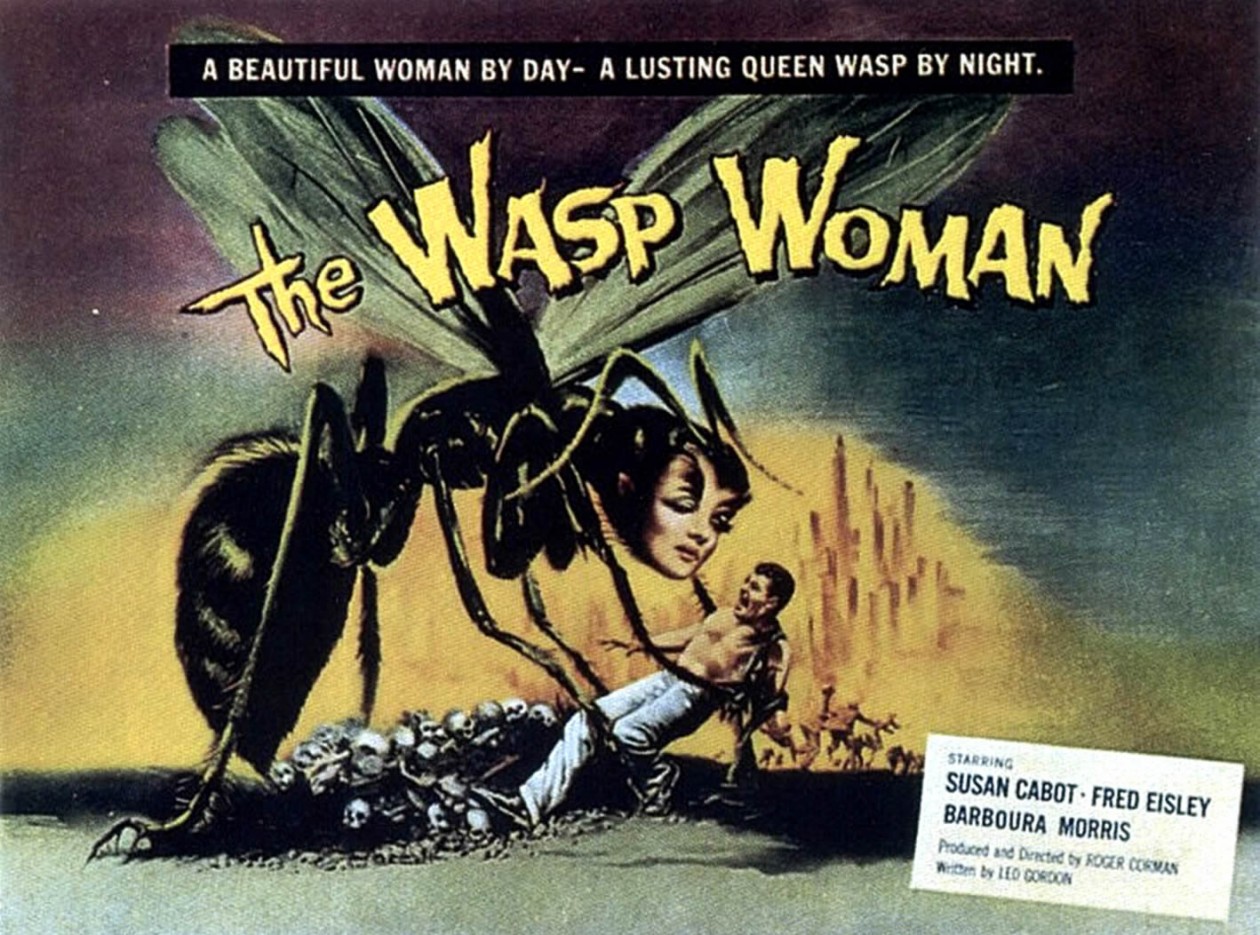http://www.nytimes.com/movie/review?res=9C04E2DD1430F936A35750C0A961958260
Intrigued after realizing that this was in a mock documentary I was taken for a loop by the presence of Camile Paglia, an outspoken character we’ve seen interviewed before. Her presence then lead me to question how scripted was her part in the film. The article above confirms that it was indeed just a “self-parodying cameo” but still– she was pretty unbelievable.
Overall, the Cheryl Dunye’s decision to “create” a historically powerful figure worked to her advantage. Yes, there are absolute cons to this approach: people won’t believe it, some could take offense to the fiction, people would dismiss it once they knew it wasn’t a documented history and there are probably more. But what she was able to accomplish with this approach is a fair trade off. With this generated figure, she was able to compassionately control the situation to identify social issues with race, sexuality and women (three incredibly complex topics). Choosing to make the character being sought an African American woman in an undiscovered relationship with a privileged white woman in the 30’s, nonetheless, provides a huge ground to explore. The intersections that surfaced throughout her journey to find the Watermelon Woman I believe was the intent of the movie. To follow a similarly placed film maker, (Cheryl in comparison to the white director Martha Page), we see the journey of Dunye basically searching for the actress, Fae Richards, as if trying to reimagine how Page would’ve went about in casting her.
Dunye faces a lack of interest from the world she is trying to dig answers from. The Library scene being something you’d expect (disturbing thing to expect) there was no information on these groundbreaking individuals, just unimpressed stares and shrugs of not knowing. If the story of Fae and Martha were true I feel the couple would’ve faced the same reactions of “what are you doing?/Why do you care?”.
That was a bit of a hypothesis behind the inner thinkings of the story Dunye fabricated but again the complex dynamic she framed, the interracial 30’s relationship next to her own interracial relationship, was something incredibly clever and to me went unnoticed until I thought further about the film. This provides an immediate comparison for the audience and gives Dunye further control in how her story will reflect her message. The message ultimately being see history for what it was during the social constructs of the 30’s through the 90’s and now let’s record the history we want generations after us to study and see.
